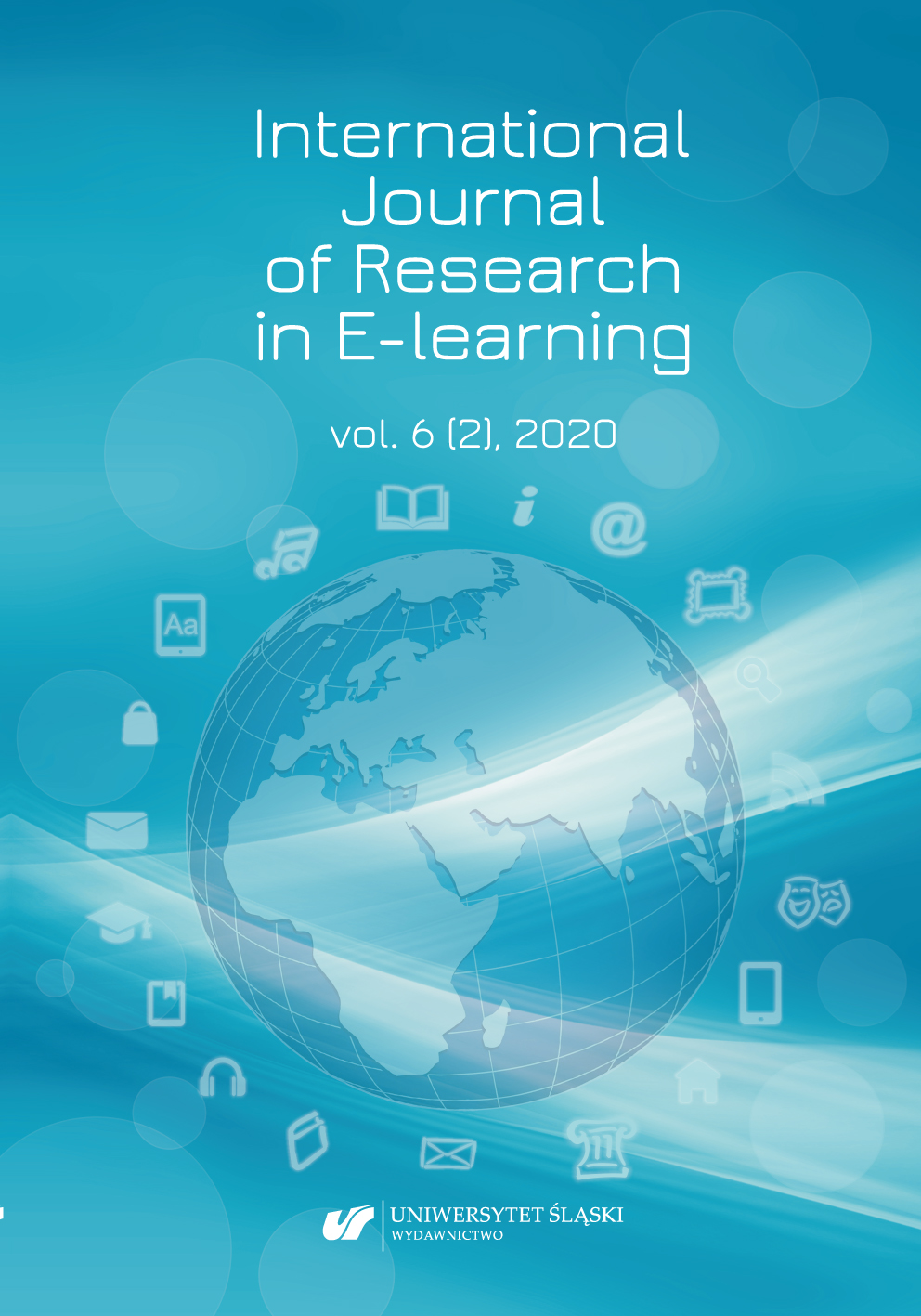

 https://doi.org/10.31261/IJREL.2020.6.2.06
https://doi.org/10.31261/IJREL.2020.6.2.06
The requirements for the training of mathematics and computer science teachers to use specialized mathematical software in professional activities are substantiated in the article. Among them: the ability to creatively choose the forms and methods of teaching for the use of specialized software; ability to find non-standard or creative mathematical problems; ability to make an informed choice of specialized software; ability to see possible ways to check the result obtained by the pupil; the ability to eliminate common mistakes when pupils use computer tools, etc. The specialized mathematical software, which is used today in mathematical training of mathematics and computer science teachers in Ukraine, has been specified. The specialized mathematical software which is used today for teaching mathematics in schools of Ukraine is given. The analysis of computer tools used by the teacher in the most common mathematical software is carried out. The most urgent problems faced by mathematics teachers in their professional activities are highlighted. The experiment with ninth-grade pupils proved the positive impact of using dynamic geometry software and appropriate mathematical tools on the level of pupils’ mathematical training, which is reason to talk about the importance of computer science and mathematics pre-service teacher training to involve such tools in professional activities. Prospects for further research in the direction of developing methods for using computer mathematical tools in a research-based learning environment are presented.
Download files
Citation rules

Vol. 6 No. 2 (2020)
Published: 2021-03-31